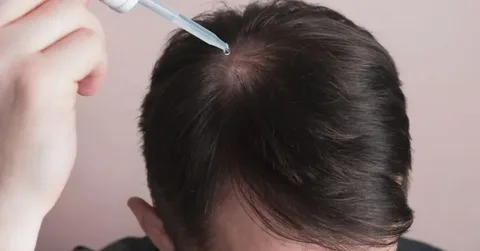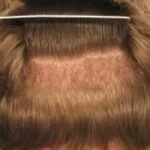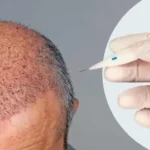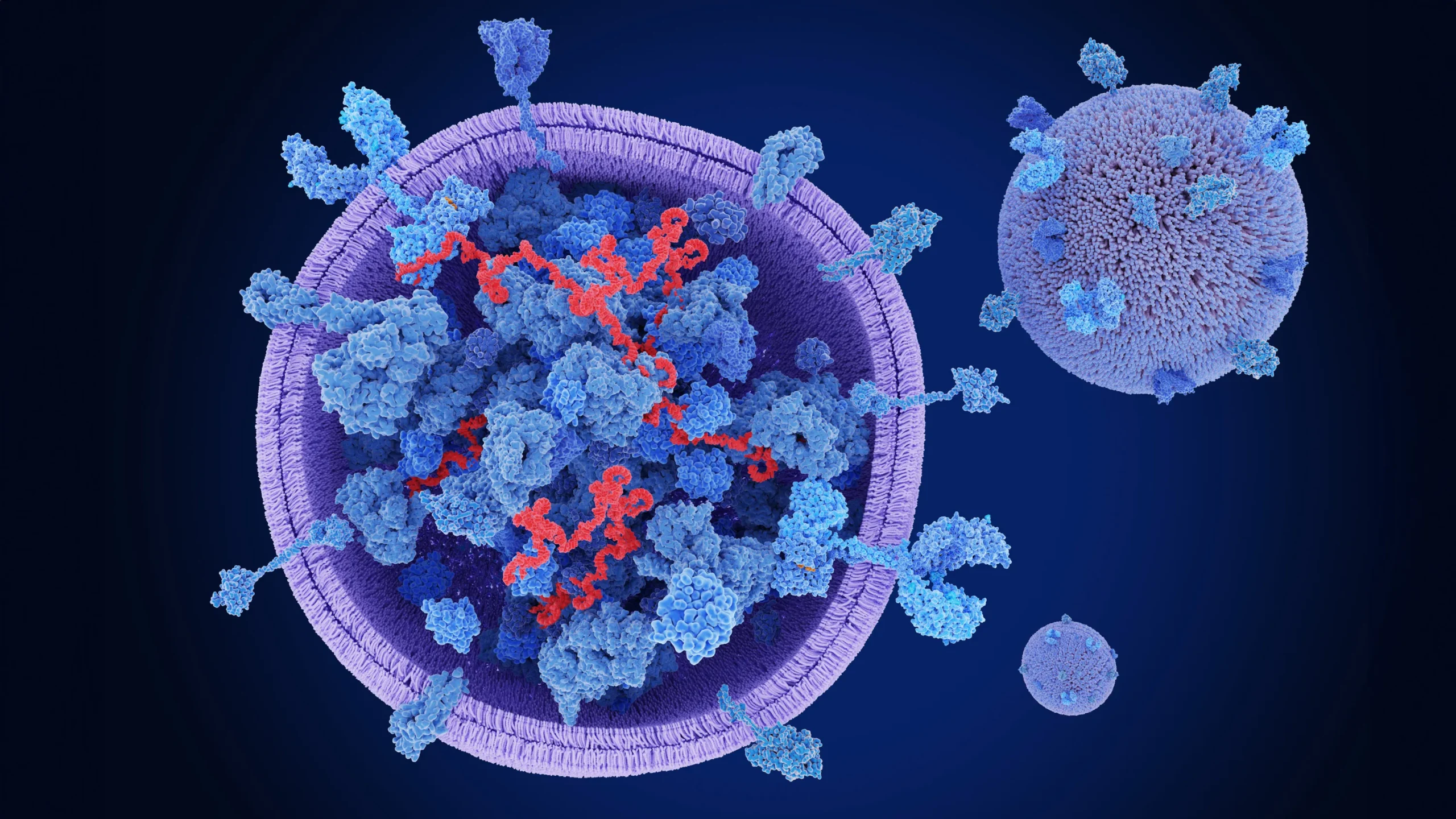Discover the potential side effects of hair cloning and how it can impact your hair restoration journey. Learn about risks, complications, and expert insights before making your decision.
Hair loss is a common issue that affects millions of people worldwide, and individuals often seek solutions that will restore their natural hair. One of the most promising developments in hair restoration is hair cloning. However, as this innovative treatment emerges, what are the potential side effects of hair cloning is a key question that patients need to consider. In this article, we will explore both the potential benefits and risks of hair cloning, helping you make an informed decision about your hair restoration journey.
Dr. Uzma Irfan, a renowned hair restoration expert, provides cutting-edge treatments for hair loss, offering advanced procedures like FUE, PRP therapy, and non-invasive options at her clinic in Islamabad. She ensures that all her patients are well-informed about new technologies and treatments, including hair cloning.
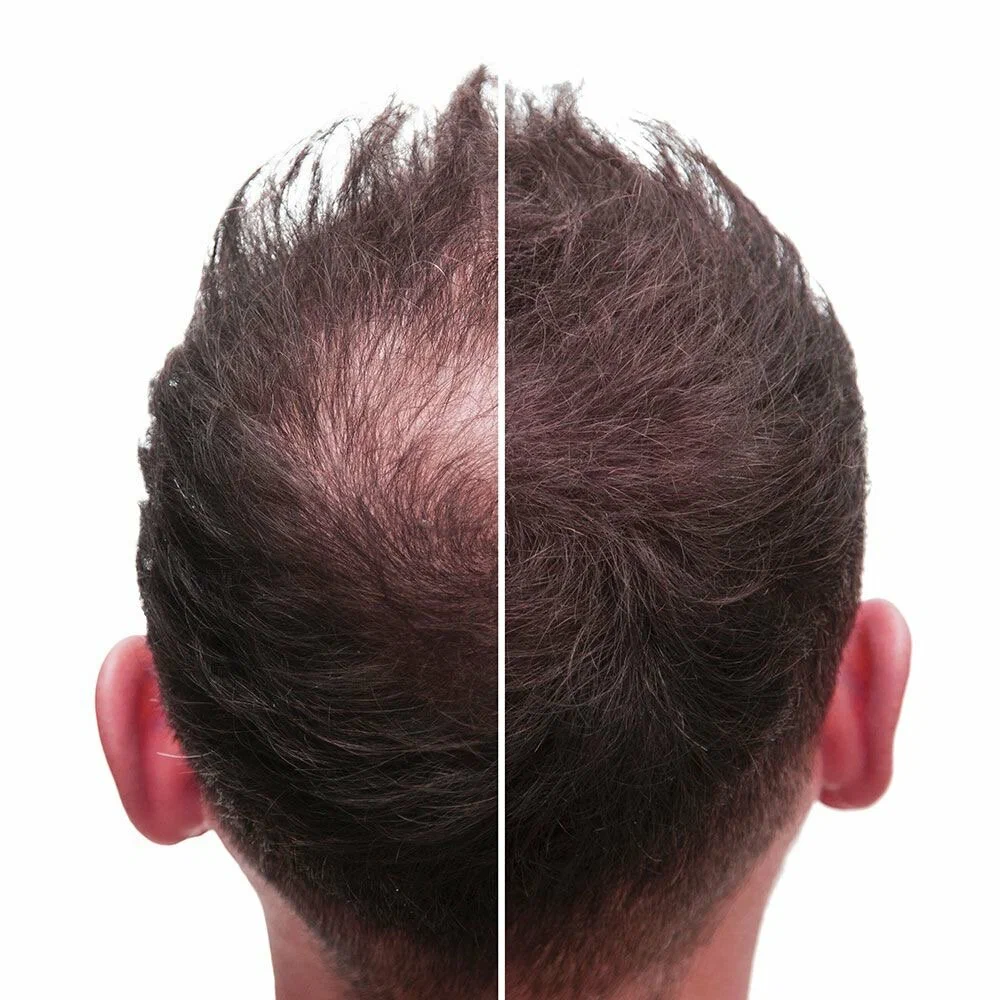
What Is Hair Cloning?
Hair cloning is an advanced technique aimed at replicating hair follicles and implanting them into areas of the scalp affected by hair loss. It involves extracting healthy hair follicles, multiplying them in a lab, and re-implanting them into areas where hair growth has stalled. This process holds great promise as a potential solution for those suffering from severe hair loss.
What are the potential side effects of hair cloning? As with any emerging medical technology, it’s important to understand both the benefits and potential risks associated with this treatment.
What Are the Potential Side Effects of Hair Cloning?
While hair cloning shows great promise, it’s essential to be aware of the potential side effects that could arise. These are the risks associated with the procedure that may affect some patients:
1. Infection Risks
Hair cloning, like any medical procedure involving the scalp, carries a risk of infection. Though the technique is minimally invasive, there may still be some risk of bacterial contamination during the extraction and re-implantation of hair follicles. Proper hygiene, sterilization, and aftercare are crucial to minimizing this risk.
2. Scarring
One of the primary concerns for patients is the possibility of scarring. While hair cloning aims to minimize scarring compared to traditional hair transplants, some patients may experience minor scarring, especially if the cloning process involves the manipulation of the scalp. It’s important to discuss this potential side effect with your specialist to manage expectations.
3. Allergic Reactions
Although the process uses the patient’s own follicles, there may still be an allergic reaction to the substances used in the procedure, such as the culture medium for follicle replication or anesthesia. Consulting with a professional about your medical history can help mitigate this risk.
4. Uneven Hair Growth
After hair follicles are implanted back into the scalp, there is a possibility that the newly cloned hair could grow unevenly. Some areas may experience thicker hair growth, while others may have sparse results. The success of the hair follicles integrating and growing naturally can vary, and follow-up treatments might be needed to correct uneven growth.
5. Hair Follicle Rejection
Though hair cloning uses the patient’s own follicles, there’s still a small chance of rejection, where the body may not fully accept the newly cloned follicles. This could result in hair shedding in the areas where follicles were implanted.
6. Temporary Hair Loss
Some patients might experience temporary hair shedding, which can occur during the adjustment period after the procedure. This is similar to the “shock loss” that often occurs with other hair restoration treatments. The hair loss is typically temporary, and new hair growth should emerge after a few months.
7. Discomfort or Pain
While hair cloning is a minimally invasive procedure, some discomfort or mild pain might occur during the procedure or in the days following. However, most patients report that the discomfort is manageable, and pain medication can be prescribed to help alleviate any issues.
Benefits of Hair Cloning
Despite the potential side effects, hair cloning presents several benefits that make it an attractive option for many patients:
- Permanent Results: Once hair follicles are successfully cloned and implanted, they provide a permanent solution to hair loss.
- Natural Appearance: Since the cloned follicles are taken from your own scalp, the newly grown hair blends seamlessly with your natural hair.
- Minimally Invasive: Compared to traditional hair transplant methods, hair cloning is less invasive, reducing recovery time and scarring.
The Procedure and Recovery Process
The hair cloning procedure involves several steps:
1. Consultation and Assessment
Before undergoing hair cloning, you will have a consultation with Dr. Uzma Irfan, where she will assess your hair loss and discuss your medical history to determine if hair cloning is the right solution for you.
2. Extraction of Hair Follicles
During the procedure, hair follicles are extracted from a donor area (usually at the back of the head), where hair is still growing robustly.
3. Follicle Cloning and Culturing
The extracted follicles are cultured in a lab, where they are replicated in large numbers to prepare them for re-implantation.
4. Re-implantation
The cloned follicles are then implanted into the thinning or bald areas of the scalp.
5. Recovery Timeline
Most patients can expect a recovery time of around 7-10 days, during which they may experience some redness or swelling. Full results from hair cloning typically take 6-12 months to fully materialize.
Cost of Hair Cloning
As what are the potential side effects of hair cloning remains an ongoing consideration, it’s important to understand the cost of hair cloning. The price of hair cloning is likely to vary depending on the extent of the treatment required. During your consultation with Dr. Uzma Irfan, you will receive a detailed cost estimate.
Local and International Appeal
Dr. Uzma Irfan’s clinic in Islamabad provides world-class hair restoration services, attracting both local and international patients. With medical tourism on the rise, Dr. Irfan’s clinic is known for offering advanced treatments in a professional and safe environment. As hair cloning becomes more widely available, Dr. Irfan will be at the forefront of delivering this cutting-edge technology to patients worldwide.

Book Your Consultation Today
Wondering what are the potential side effects of hair cloning and if it’s right for you? Book a consultation with Dr. Uzma Irfan today to learn more about hair cloning and other hair restoration treatments.
- Contact us via phone or WhatsApp for a consultation.
- Explore our before-and-after gallery to see patient transformations.
- Learn more about the latest treatments for hair restoration.
FAQ Section
Q1: What are the potential side effects of hair cloning?
Potential side effects include infection, scarring, allergic reactions, uneven hair growth, follicle rejection, temporary hair loss, and mild discomfort.
Q2: How long does it take to see results from hair cloning?
Results from hair cloning can take 6-12 months to fully develop as the cloned hair follicles grow and mature.
Q3: Is hair cloning available now?
Hair cloning is still in the research and development phase, and widespread availability is expected within the next few years.
Q4: How much does hair cloning cost?
The cost of hair cloning will depend on the extent of the treatment and the number of follicles required. A detailed price quote will be provided after your consultation.
Q5: Can I return to normal activities after hair cloning?
Most patients can resume normal activities within 7-10 days after the procedure, although full recovery and results may take several months.
Follow us on Facebook, Instagram, and YouTube for expert insights and real patient stories.

